How to Unclog a Kitchen Sink Drain
If you're dealing with a clogged kitchen sink, it can be a major inconvenience. Not only does it disrupt your daily routine, but it can also cause unpleasant odors and potential damage to your plumbing system. However, before you call a professional, there are some simple and effective DIY solutions you can try to unclog your kitchen sink drain. Keep reading to learn how to clear a clogged kitchen sink and get your draining flowing smoothly again.
How to Clear a Clogged Kitchen Sink Drain
The first step in clearing a clogged kitchen sink is to determine the cause of the blockage. Common culprits include food particles, grease, and soap scum buildup. Once you know the cause, you can choose the best method to clear the clog. Here are a few DIY solutions you can try:
DIY Kitchen Sink Clog Solutions
1. Boiling Water: One of the simplest and most effective methods for clearing a clogged kitchen sink is pouring boiling water down the drain. This can help dissolve and flush away any buildup causing the blockage.
2. Baking Soda and Vinegar: Another popular DIY solution is to mix equal parts baking soda and vinegar and pour it down the drain. The chemical reaction between the two ingredients can help break down and dislodge any stubborn clogs.
3. Plunger: For more stubborn clogs, a plunger may do the trick. Make sure to cover the overflow with a wet cloth before plunging to create a better seal.
4. Drain Snake: If the clog is deeper in the pipes, a drain snake (or auger) can be used to reach and remove the blockage. You can purchase one at most hardware stores or rent one from a home improvement store.
Common Causes of Kitchen Sink Clogs
Understanding what causes kitchen sink clogs can help you prevent them in the future. Some of the most common causes include:
1. Food Particles: Small bits of food can easily get stuck in the drain and build up over time.
2. Grease and Oil: Grease and oil can solidify in the pipes, trapping other debris and causing a blockage.
3. Soap Scum: Soap scum can accumulate in the pipes and cause a clog, especially in homes with hard water.
Using a Plunger to Clear a Clogged Kitchen Sink
If you've determined that a plunger is the best method for clearing your clogged kitchen sink, here are the steps to follow:
1. Cover the Overflow: Place a wet cloth over the overflow opening to create a seal.
2. Fill the Sink: Fill the sink with enough water to cover the plunger.
3. Plunge: Place the plunger over the drain and plunge up and down vigorously until the water starts to drain.
4. Repeat: If the water is still draining slowly, repeat the process until the clog is cleared.
Using a Drain Snake to Remove Kitchen Sink Clogs
If you've determined that a drain snake is the best method for clearing your clogged kitchen sink, here are the steps to follow:
1. Insert the Snake: Insert the drain snake into the drain and slowly push it down the pipe until you feel resistance.
2. Crank the Handle: Once you've reached the clog, crank the handle of the snake to break up and remove the blockage.
3. Repeat: If the water is still draining slowly, repeat the process until the clog is cleared.
Natural Remedies for a Clogged Kitchen Sink
If you prefer to use natural remedies to clear your clogged kitchen sink, here are a few options:
1. Salt and Baking Soda: Mix equal parts salt and baking soda and pour it down the drain. Let it sit for a few hours before flushing with hot water.
2. Enzyme Cleaners: Enzyme-based drain cleaners can help break down organic matter and clear clogs without using harsh chemicals.
3. Hot Water and Salt: Pour a pot of boiling water down the drain followed by half a cup of salt. Let it sit for a few minutes before flushing with hot water again.
Preventing Kitchen Sink Clogs
The best way to deal with a clogged kitchen sink is to prevent it from happening in the first place. Here are some tips to help prevent future clogs:
1. Use a Sink Strainer: A sink strainer can help catch food particles and prevent them from going down the drain.
2. Dispose of Grease Properly: Instead of pouring grease and oil down the sink, dispose of it in a container and throw it in the trash.
3. Flush with Hot Water: Regularly flushing your kitchen sink with hot water can help dissolve and flush away any buildup before it becomes a clog.
Signs of a Clogged Kitchen Sink Trap
If you're unsure if your kitchen sink trap is clogged, here are some signs to look out for:
1. Slow Draining: If water is draining slowly or not at all, it could be a sign of a clogged trap.
2. Unpleasant Odors: A clogged trap can cause unpleasant smells to emanate from your sink.
3. Gurgling Sounds: If you hear gurgling noises when water drains from your sink, it could be a sign of a clogged trap.
When to Call a Professional for a Clogged Kitchen Sink
If you've tried all of these DIY solutions and your kitchen sink is still clogged, it may be time to call a professional plumber. They have the tools and expertise to safely and effectively clear stubborn clogs without causing damage to your plumbing system.
Dealing with a clogged kitchen sink can be frustrating, but with these tips, you can easily clear the blockage and prevent future clogs. Remember to always practice proper maintenance and disposal habits to keep your kitchen sink draining smoothly.
Why is a Clogged Kitchen Sink Trap a Common Problem in House Design?

The Importance of Proper Plumbing in House Design
 When designing a house, one of the most important aspects to consider is the plumbing system. A well-designed plumbing system ensures the proper flow of water and waste, keeping the house clean and functioning efficiently. However, even with careful planning and installation, issues can arise, and one of the most common problems is a clogged kitchen sink trap. This small yet crucial component of the plumbing system plays a significant role in keeping your kitchen sink clog-free and functioning properly. Let's explore why a clogged kitchen sink trap is a common problem in house design.
When designing a house, one of the most important aspects to consider is the plumbing system. A well-designed plumbing system ensures the proper flow of water and waste, keeping the house clean and functioning efficiently. However, even with careful planning and installation, issues can arise, and one of the most common problems is a clogged kitchen sink trap. This small yet crucial component of the plumbing system plays a significant role in keeping your kitchen sink clog-free and functioning properly. Let's explore why a clogged kitchen sink trap is a common problem in house design.
What is a Kitchen Sink Trap?
 Before delving into the reasons for a clogged kitchen sink trap, let's first understand what it is. A kitchen sink trap, also known as a P-trap, is a curved pipe located under the sink that connects the drain to the main plumbing system. Its unique curved shape holds water, which creates a seal that prevents sewer gases from entering your home. This trap also catches any solid debris that may flow down the drain, preventing it from clogging the main pipes.
Before delving into the reasons for a clogged kitchen sink trap, let's first understand what it is. A kitchen sink trap, also known as a P-trap, is a curved pipe located under the sink that connects the drain to the main plumbing system. Its unique curved shape holds water, which creates a seal that prevents sewer gases from entering your home. This trap also catches any solid debris that may flow down the drain, preventing it from clogging the main pipes.
Reasons for a Clogged Kitchen Sink Trap
 1. Accumulated Food Debris
The most common cause of a clogged kitchen sink trap is food debris. Despite using a garbage disposal, small food particles can still make their way into the trap and accumulate over time. This build-up can eventually lead to a blockage, causing water to back up into the sink.
2. Hard Water Deposits
In areas with hard water, mineral deposits can form inside the trap, making it narrower and hindering the flow of water. This can also lead to foul odors and clogs.
3. Grease and Oil Build-up
Grease and oil may seem harmless when washed down the drain, but they can solidify and cling to the walls of the trap, trapping other debris and causing a clog.
4. Incorrect Installation
If a kitchen sink trap is not installed correctly, it can cause issues such as leaks or an improper seal, which can lead to clogs. It is essential to hire a professional plumber to ensure proper installation.
1. Accumulated Food Debris
The most common cause of a clogged kitchen sink trap is food debris. Despite using a garbage disposal, small food particles can still make their way into the trap and accumulate over time. This build-up can eventually lead to a blockage, causing water to back up into the sink.
2. Hard Water Deposits
In areas with hard water, mineral deposits can form inside the trap, making it narrower and hindering the flow of water. This can also lead to foul odors and clogs.
3. Grease and Oil Build-up
Grease and oil may seem harmless when washed down the drain, but they can solidify and cling to the walls of the trap, trapping other debris and causing a clog.
4. Incorrect Installation
If a kitchen sink trap is not installed correctly, it can cause issues such as leaks or an improper seal, which can lead to clogs. It is essential to hire a professional plumber to ensure proper installation.
Preventing and Fixing a Clogged Kitchen Sink Trap
 To prevent a clogged kitchen sink trap, regularly clean it by removing any debris and flushing it with hot water. Avoid pouring grease or oil down the drain, and use a drain strainer to catch food particles. If you do encounter a clogged trap, try using a plunger or a drain snake to dislodge the blockage. If the problem persists, it is best to call a professional plumber for assistance.
In conclusion, a clogged kitchen sink trap is a common problem in house design due to various factors such as food debris, hard water deposits, and incorrect installation. It is crucial to pay attention to this small yet significant component of the plumbing system to avoid clogs and other issues. Regular maintenance and proper installation can help keep your kitchen sink trap functioning correctly and your plumbing system in good condition.
To prevent a clogged kitchen sink trap, regularly clean it by removing any debris and flushing it with hot water. Avoid pouring grease or oil down the drain, and use a drain strainer to catch food particles. If you do encounter a clogged trap, try using a plunger or a drain snake to dislodge the blockage. If the problem persists, it is best to call a professional plumber for assistance.
In conclusion, a clogged kitchen sink trap is a common problem in house design due to various factors such as food debris, hard water deposits, and incorrect installation. It is crucial to pay attention to this small yet significant component of the plumbing system to avoid clogs and other issues. Regular maintenance and proper installation can help keep your kitchen sink trap functioning correctly and your plumbing system in good condition.




:max_bytes(150000):strip_icc()/freshen-and-unclog-drain-with-baking-soda-1900466-22-bbf940b70afa4d5abef0c54da23b1d3f.jpg)




















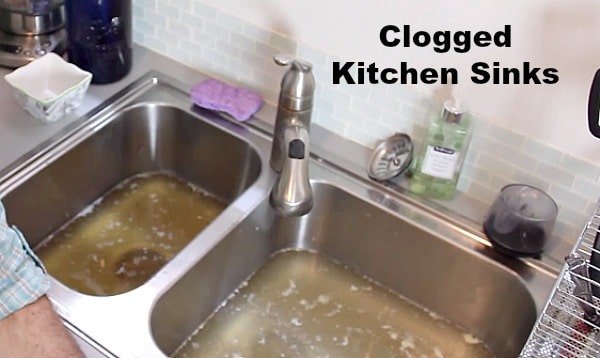






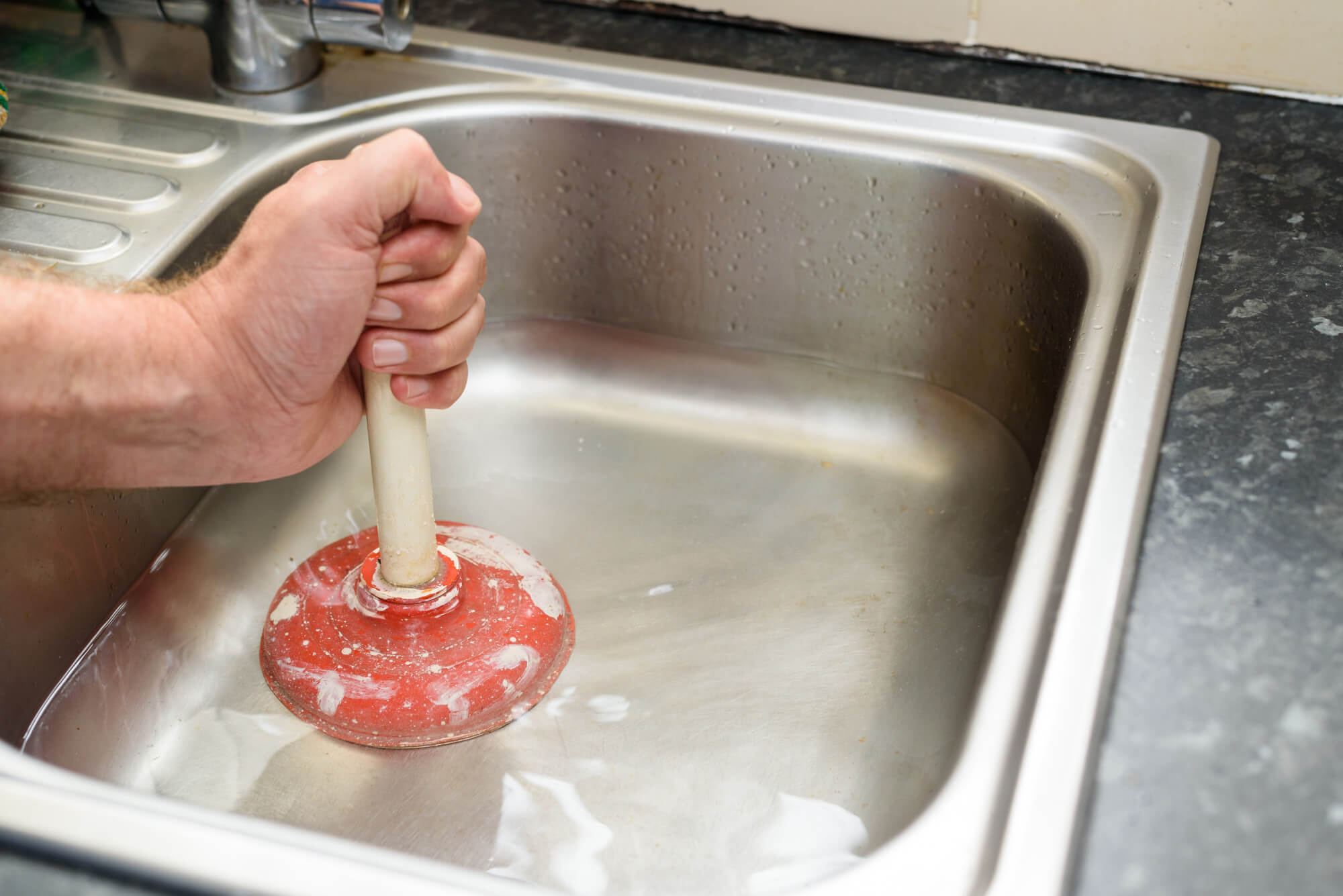





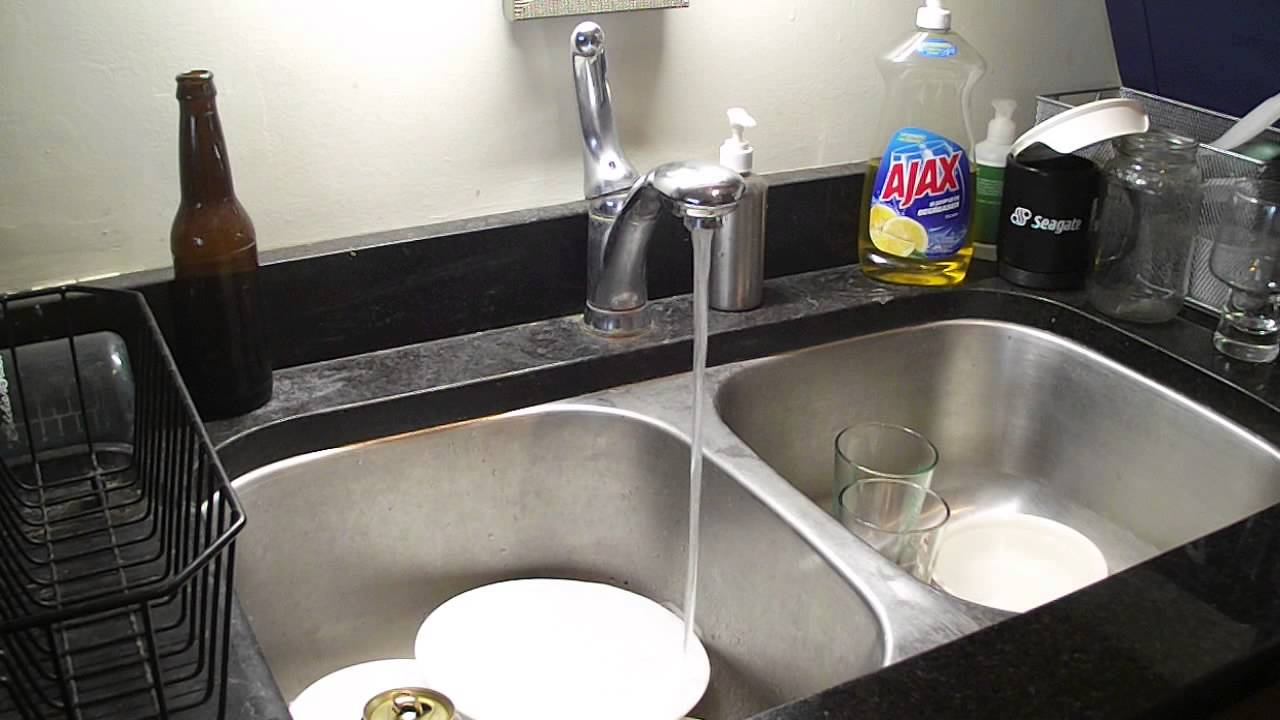





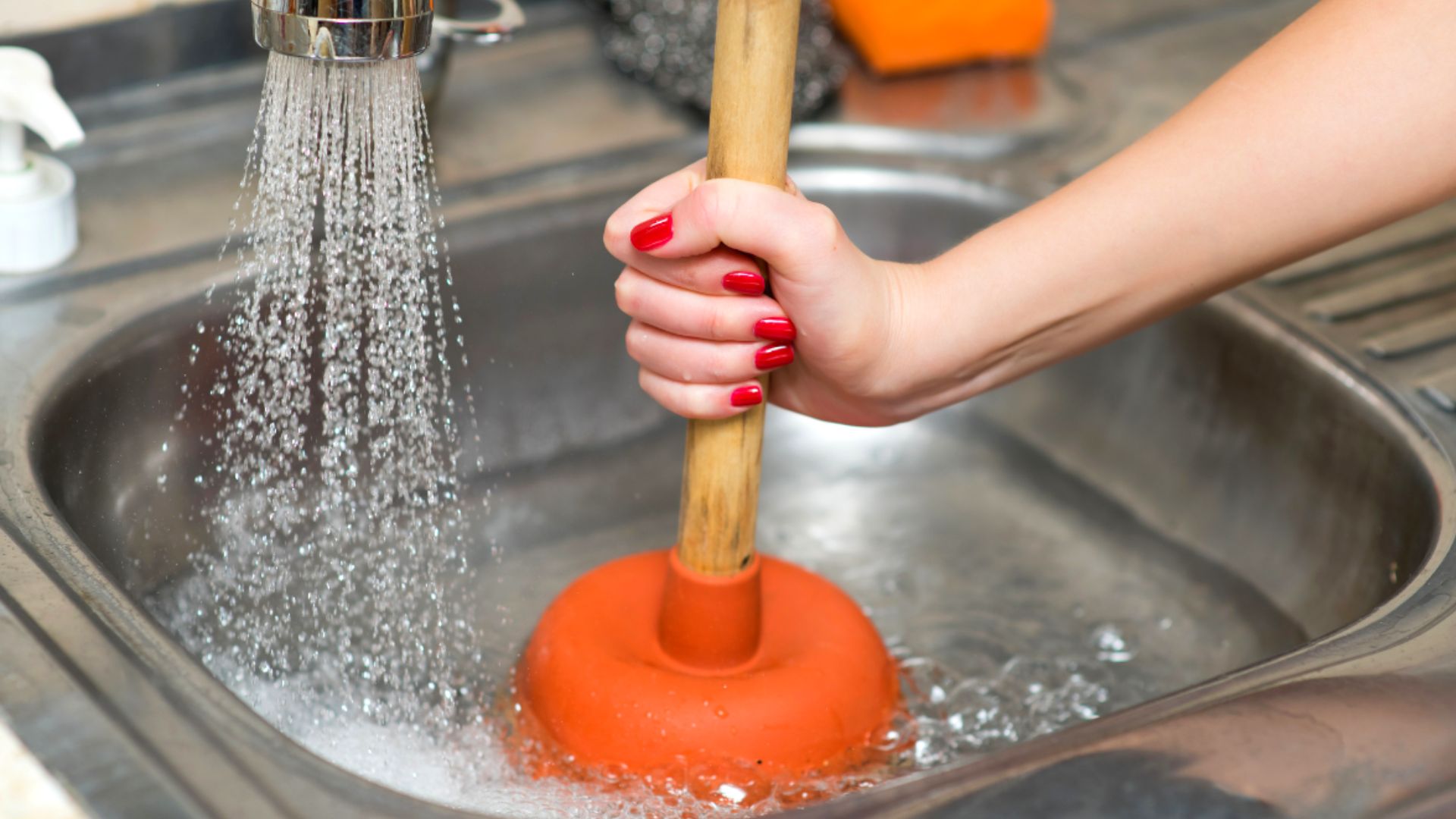


:max_bytes(150000):strip_icc()/woman-wearing-yellow-washing-up-gloves-to-unblock-sink-using-plunger-close-up-131987463-5887cfc03df78c2ccd92ec9e.jpg)











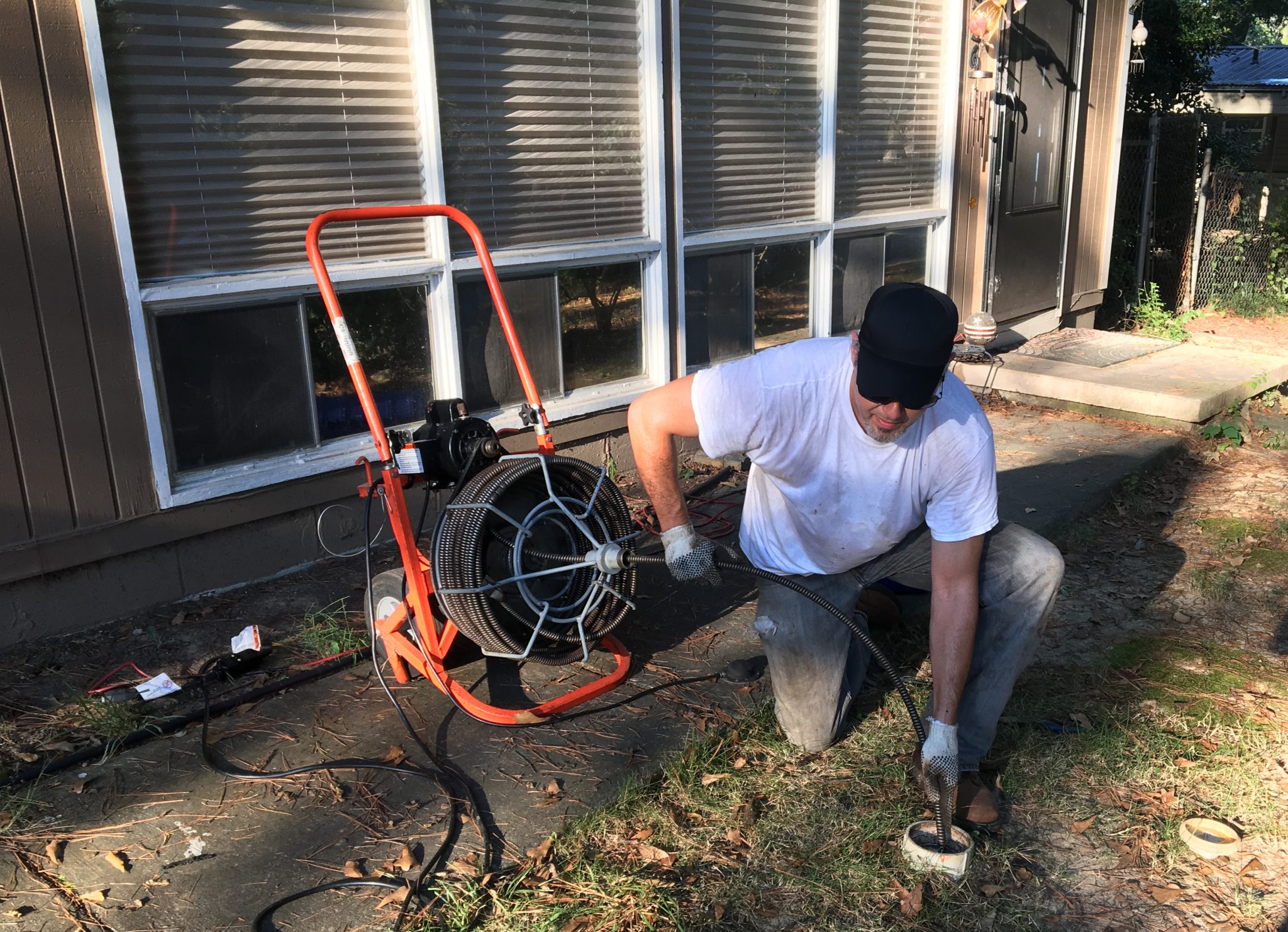





















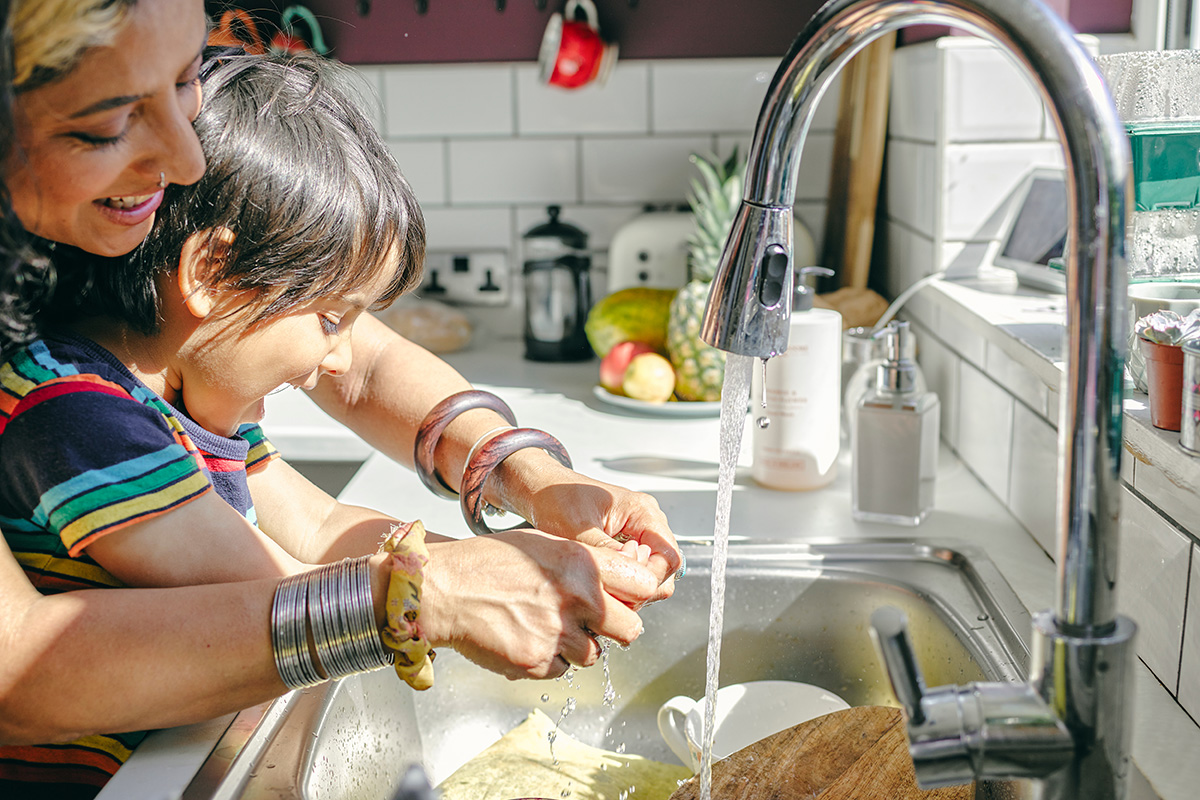








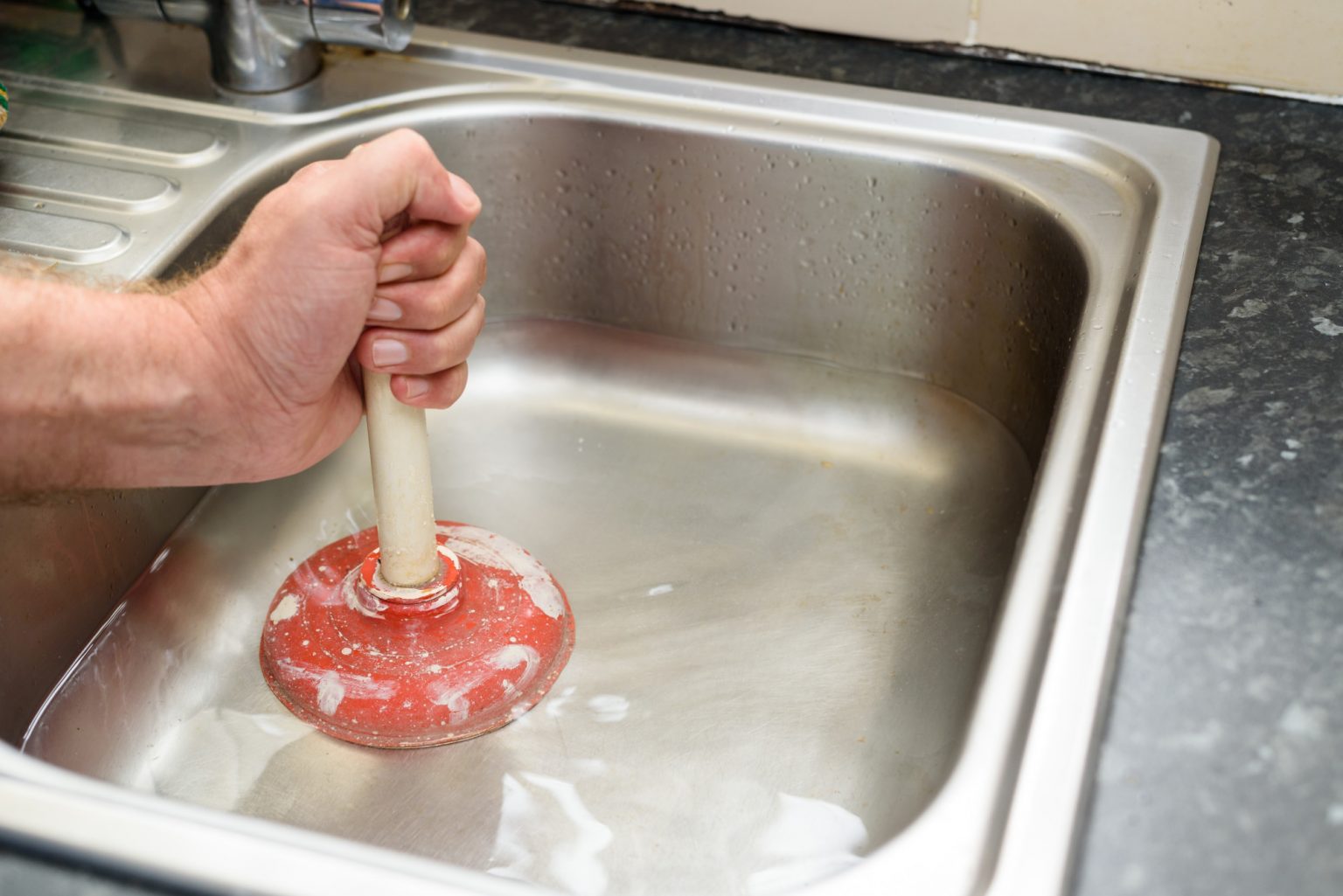

:max_bytes(150000):strip_icc()/how-to-unclog-a-kitchen-sink-2718799_sketch_FINAL-8c5caa805a69493ab22dfb537c72a1b7.png)














